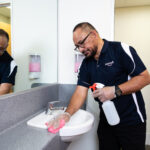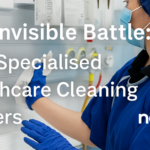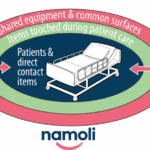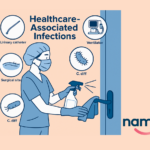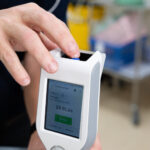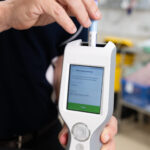Topic Tags:
Operating rooms demand strict cleaning routines to prevent surgical site infections. This article outlines procedures for cleaning and disinfecting theatres before, between and after surgeries. Learn how to safeguard patients and staff by following evidence‑based protocols tailored to surgical environments.
Key Takeaways
- Perform turnover cleaning between cases and terminal cleaning at the end of the day, focusing on tables, lights, equipment, floors and high‑touch surfaces.
- Use surgical‑grade detergents, hospital‑grade disinfectants and follow “clean to dirty, high to low” sequences; allow recommended contact time for disinfectants to work.
- Ensure staff training covers PPE, waste handling, sterile technique and documentation to maintain compliance with infection‑control standards.
Operating Room Cleaning Procedures: What’s Involved?
Routine cleaning of the operating room at the end of each surgical day is critical. The process includes:
- Damp wiping all horizontal and contact surfaces (e.g., light switches, Pendulum lights, desks, ledges, skirtings, push plates, window sills)
- Disinfecting high touch surfaces with hospital-grade disinfectants approved by the Therapeutic Goods Administration (TGA)
- Changing mop heads and cloths between rooms to prevent cross-contamination
- Using colour-coded cleaning tools to identify zones and eliminate risk
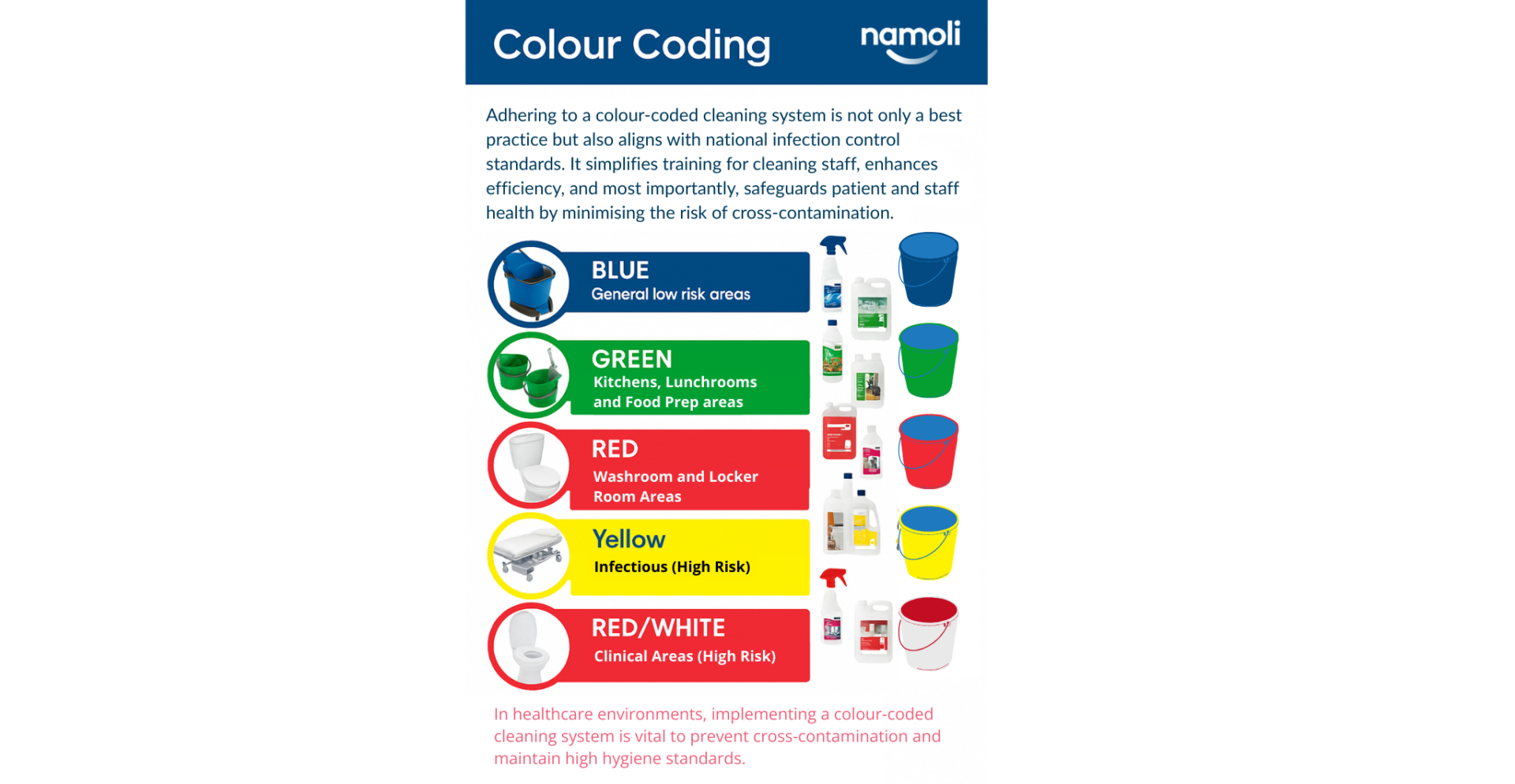
When should the operating room be wiped? Ideally, this should occur:
- Between each surgical case (especially on high-touch surfaces)
- At the end of each day
- Immediately after any visible contamination
Namoli’s accredited cleaners follow strict schedules and checklists aligned with Australian infection prevention guidelines and NSQHS standards, ensuring nothing is overlooked.
How Long Does It Take to Clean an Operating Room?
The time required varies depending on the procedure, room size, and contamination level. Typically:
- Between cases: 10–15 minutes for turnover cleaning
- End-of-day deep clean: 30–60 minutes for thorough disinfection
Namoli’s team is trained to perform these tasks efficiently without compromising hygiene or safety, helping your facility maintain seamless surgical workflows.
Disinfectants Used in Operating Theatres
Surgical settings demand clinically validated, broad-spectrum disinfectants capable of eliminating bloodborne pathogens, bacteria, and viruses. Namoli uses only TGA-approved solutions, tailored for different zones (e.g., prep areas, floors, equipment surfaces) and compatible with surgical-grade materials.
Our cleaners understand which products to use—and more importantly, how long they must dwell—to effectively kill pathogens without leaving harmful residues.
Learn more: When and Where to Use TGA-Approved Chemicals in Healthcare Cleaning
Why Specialist Cleaning Matters in Surgery
As highlighted by Namoli’s General Manager, Mike Liddle, “Each area in a surgical journey—from reception to recovery—requires a different cleaning process.” Unlike general commercial cleaners, we tailor every clean to the risk profile of the space, using:
- Bio Luminescent Marker and ATP testing and visual audits
- Colour-coded, zone-specific procedures
- Compliant, traceable protocols reviewed with IPC teams
This ensures every operating theatre is not only visibly clean—but hygienically safe.
Watch how specialist cleaning protects patients and powers compliance—insights from Namoli’s General Manager, Mike Little
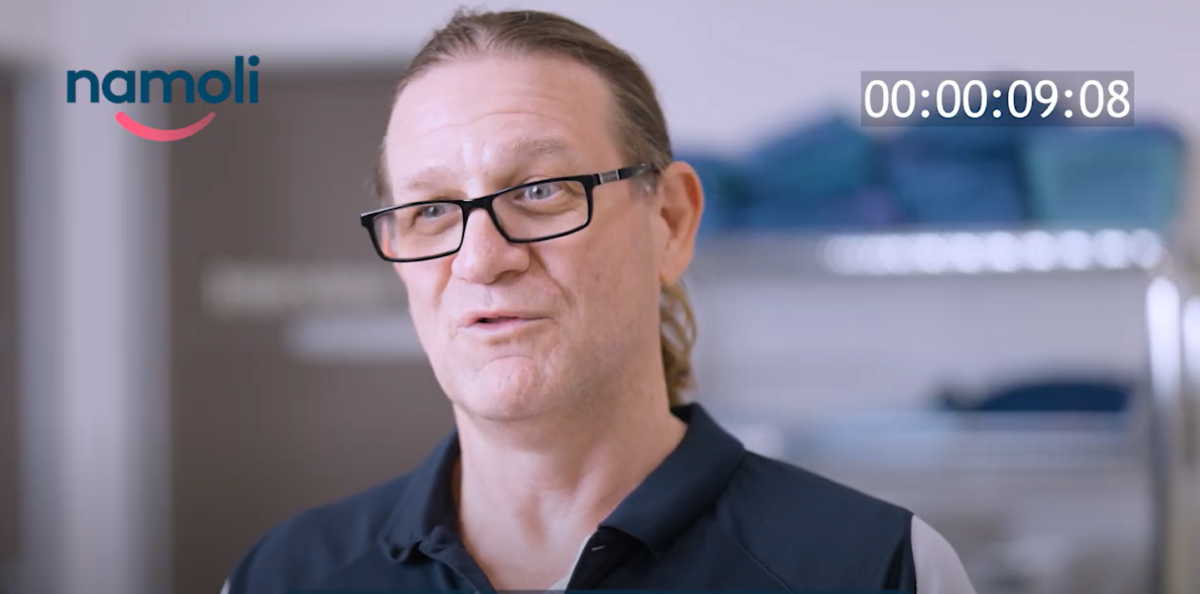
Ready to Elevate Your Surgical Cleaning Standards?
Trust Namoli Healthcare for reliable, standards-compliant operating theatre cleaning that gives your team the confidence to care.
Related Posts
Topic Tags: Effective infection control is central to resident safety in aged care, where close living environments, chronic illness, and…
Topic Tags: In healthcare environments, many pathogens spread through high-touch surfaces that look clean but still carry organic residue. Traditional…
Topic Tags: Maintaining a safe, clean environment in aged care facilities is essential for protecting residents, supporting staff, and meeting…


